ARTERIAL LINE INSERTION
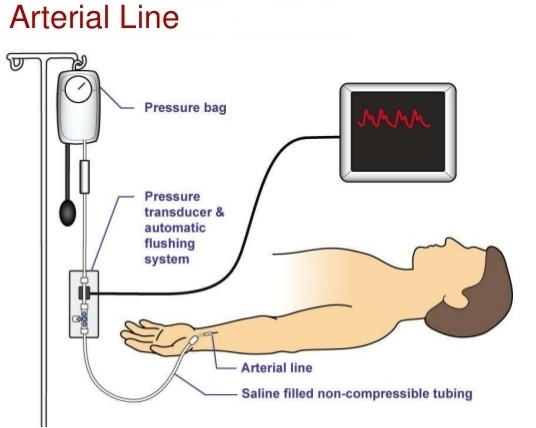
Image Source: http://acuclinic.com.au/pocit/ArtLine.htm
What is arterial catheter insertion?
Arterial catheter insertion is insertion of catheter into the one of the artery in the body. Common site are radial artery, femoral artery, dorsalis pedis artery and occasionally axially artery and brachial artery.
Why it is inserted?
It is inserted to monitor beat to beat blood pressure monitoring. It is very frequently performed procedure in the ICU and operation theatre. Those patients in the ICU whose blood pressure is very low and requires drugs to keep the blood pressure up, are the patient who need arterial catheter insertion for close blood pressure monitoring and titration of the blood pressure drugs.
It is also inserted when patient is on the ventilator and requires frequent change of the ventilator setting. It is useful to collect arterial blood sample for frequent ABG readings.
How it is inserted?
As mentioned earlier, there are various sites in the body for insertion of the arterial catheter to monitor arterial blood pressure.
Most common site is the radial artery which is situated on the front part of the forearm near the wrist joint.
Doctor feel the artery and insert appropriate size catheter into the artery and it is connected to the monitor for continuous monitoring. It shows continuous graf on the monitor.
Once it is inserted, it is fixed with tight dressing and the monitoring device is attached the arm and to the monitor.
What is the risk involved?
It may cause distal ischemia [ reduced blood supply] when inserted into the femoral artery. This may result in bluish discoloration of skin and sometime gangrene distal to the site of insertion of the catheter.
Accidental removal may result in bleeding, which can be controlled by pressure.
It may cause swelling of the hand sometimes when the dressing is tightly applied on wrist in case of the radial catheter.
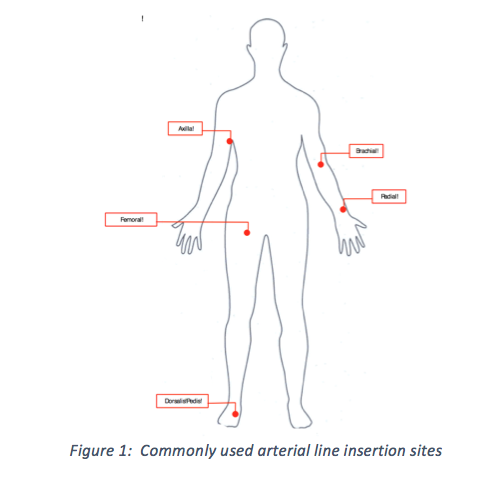
Image Source: http://japractice.co.uk/2016/11/risks-associated-arterial/12248
Remark
Catheter may get blocked sometimes, which needs change of the catheter.
It also requires frequent calibration for accuracy of the reading.
It causes swelling of the part beyond the catheter insertion site, which usually subsides once the catheter is removed or the dressing is made little loose.



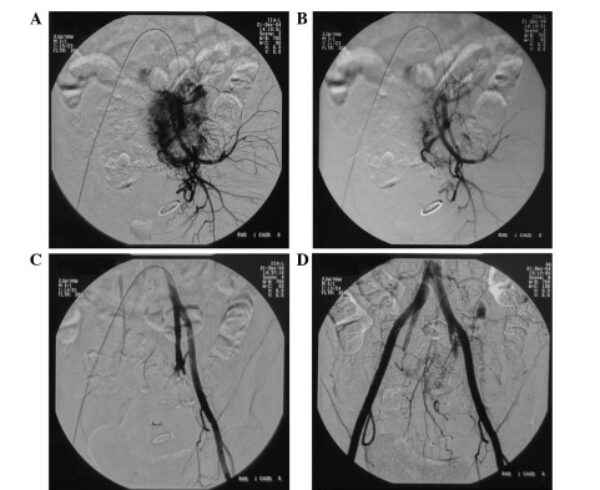
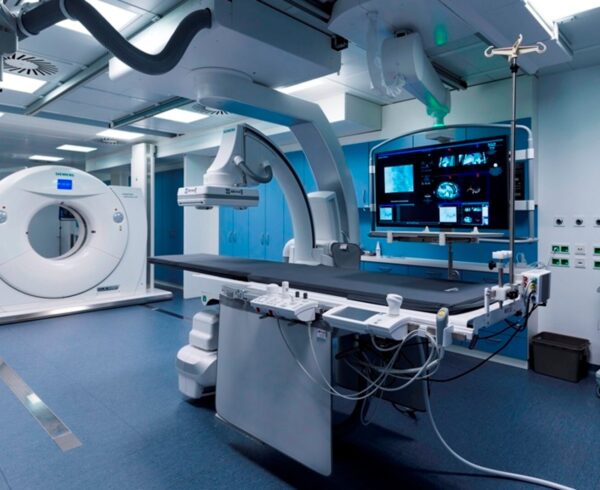

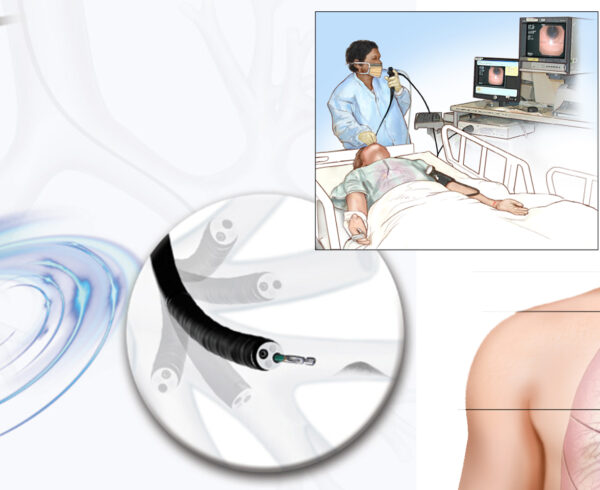
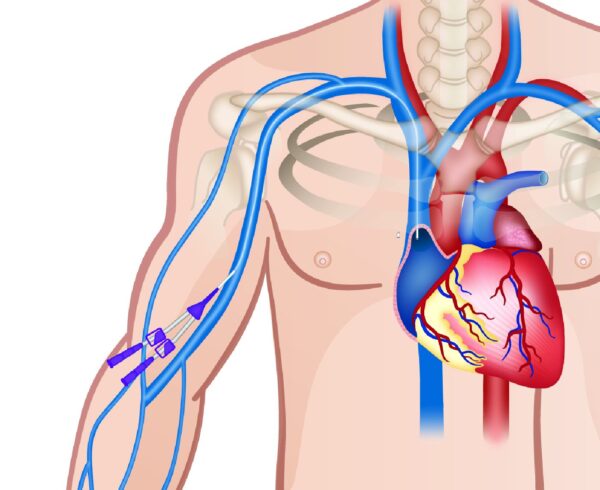
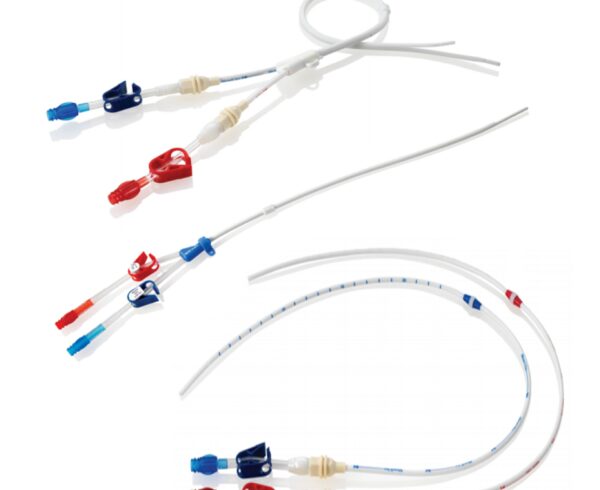

Ask a Question?